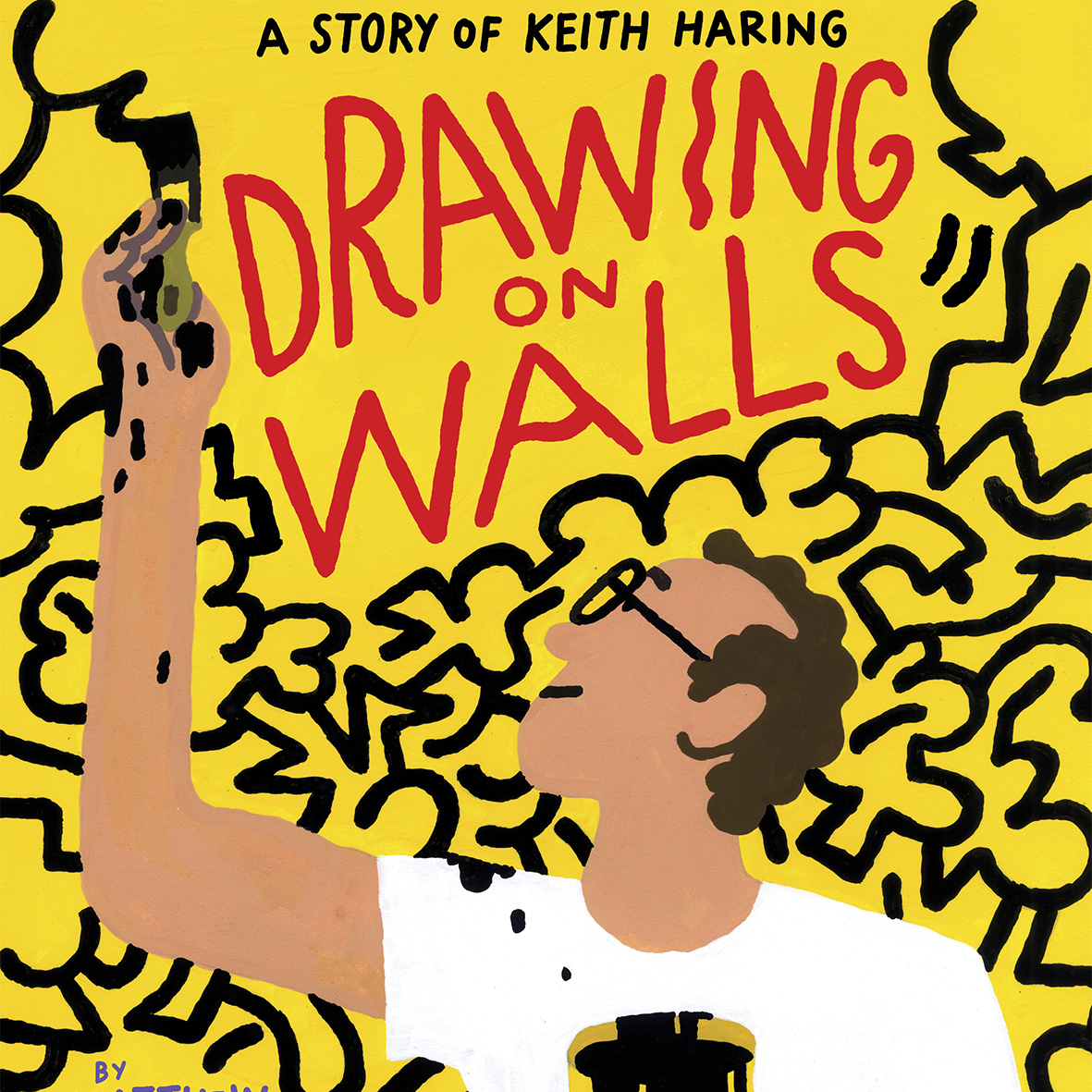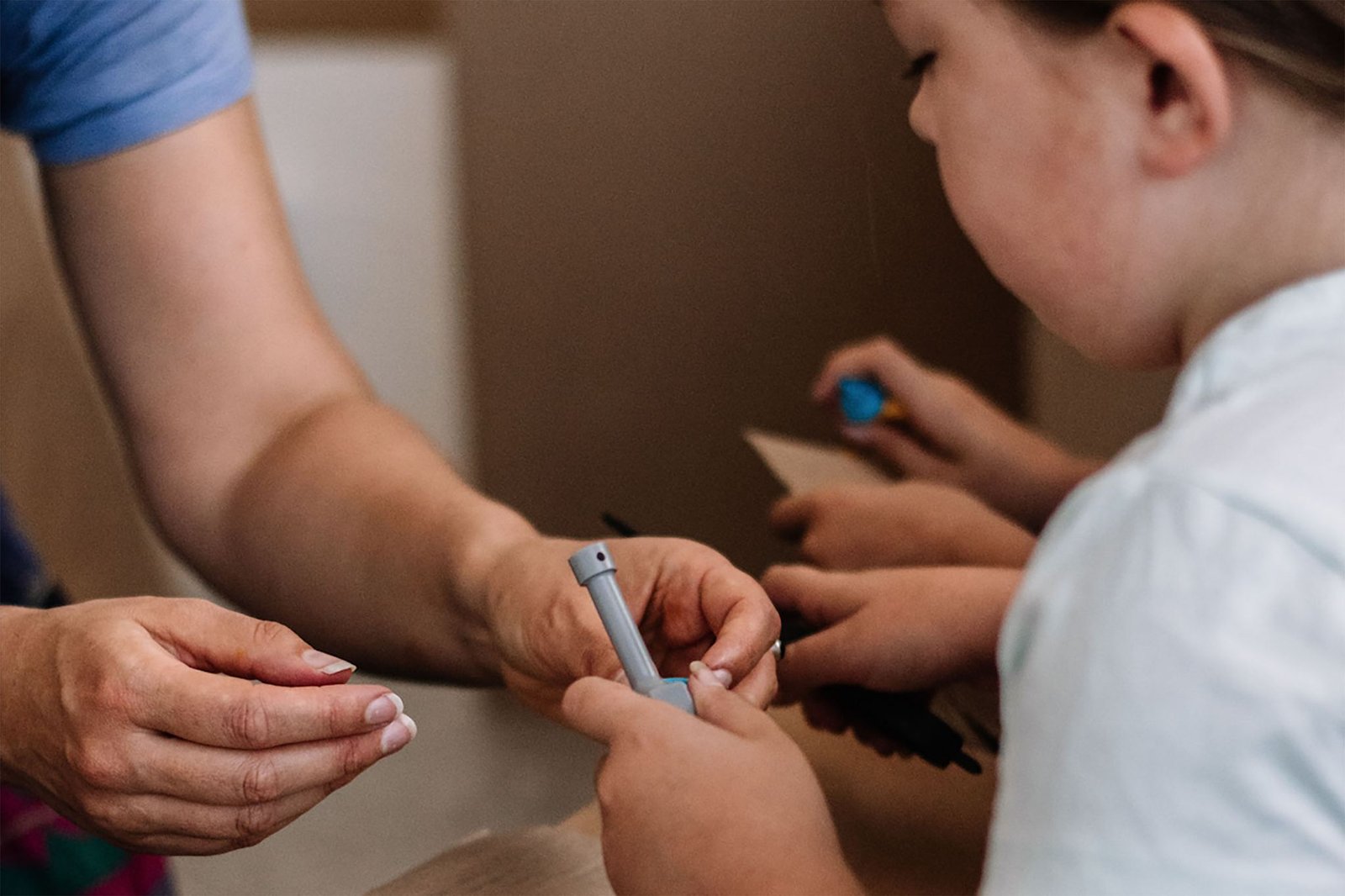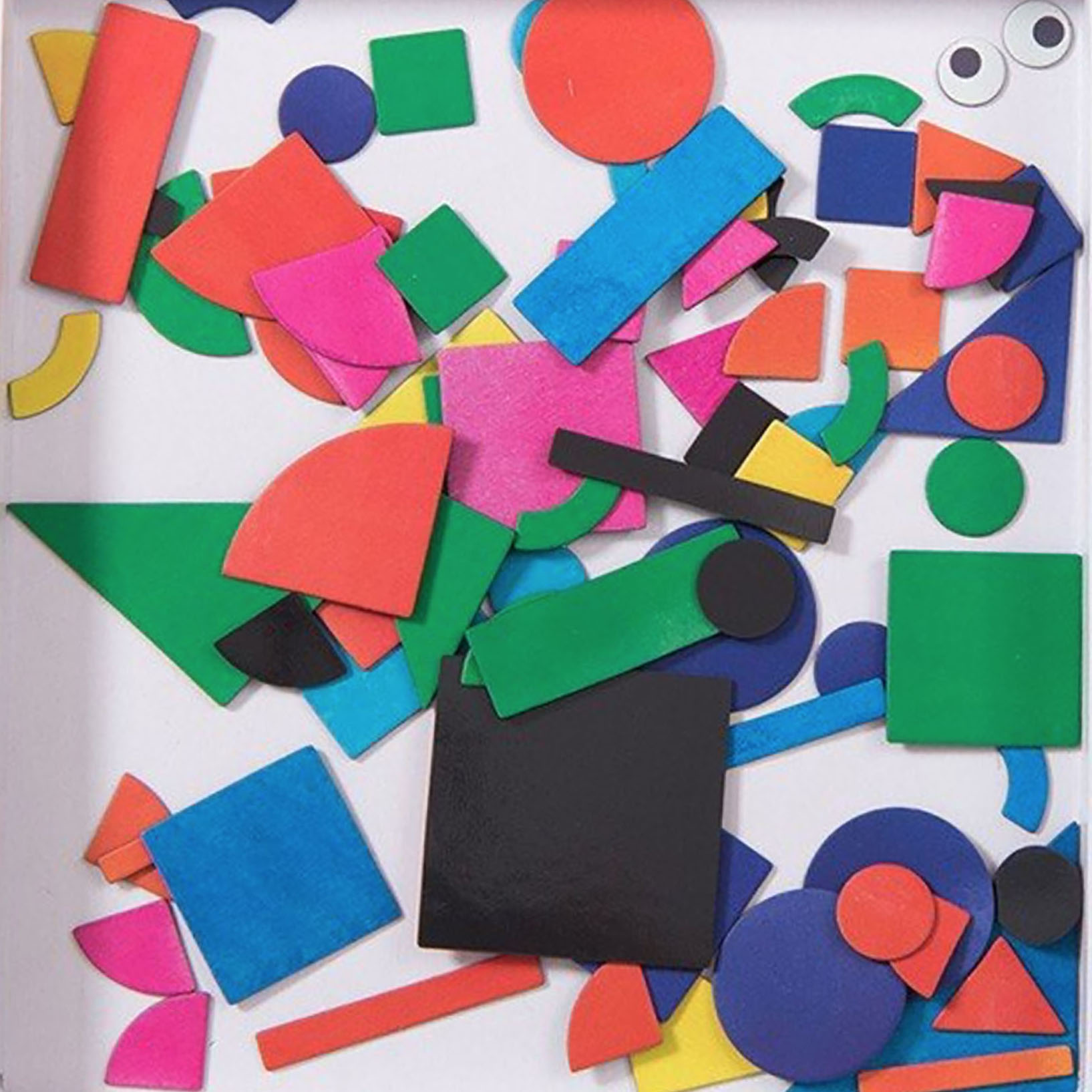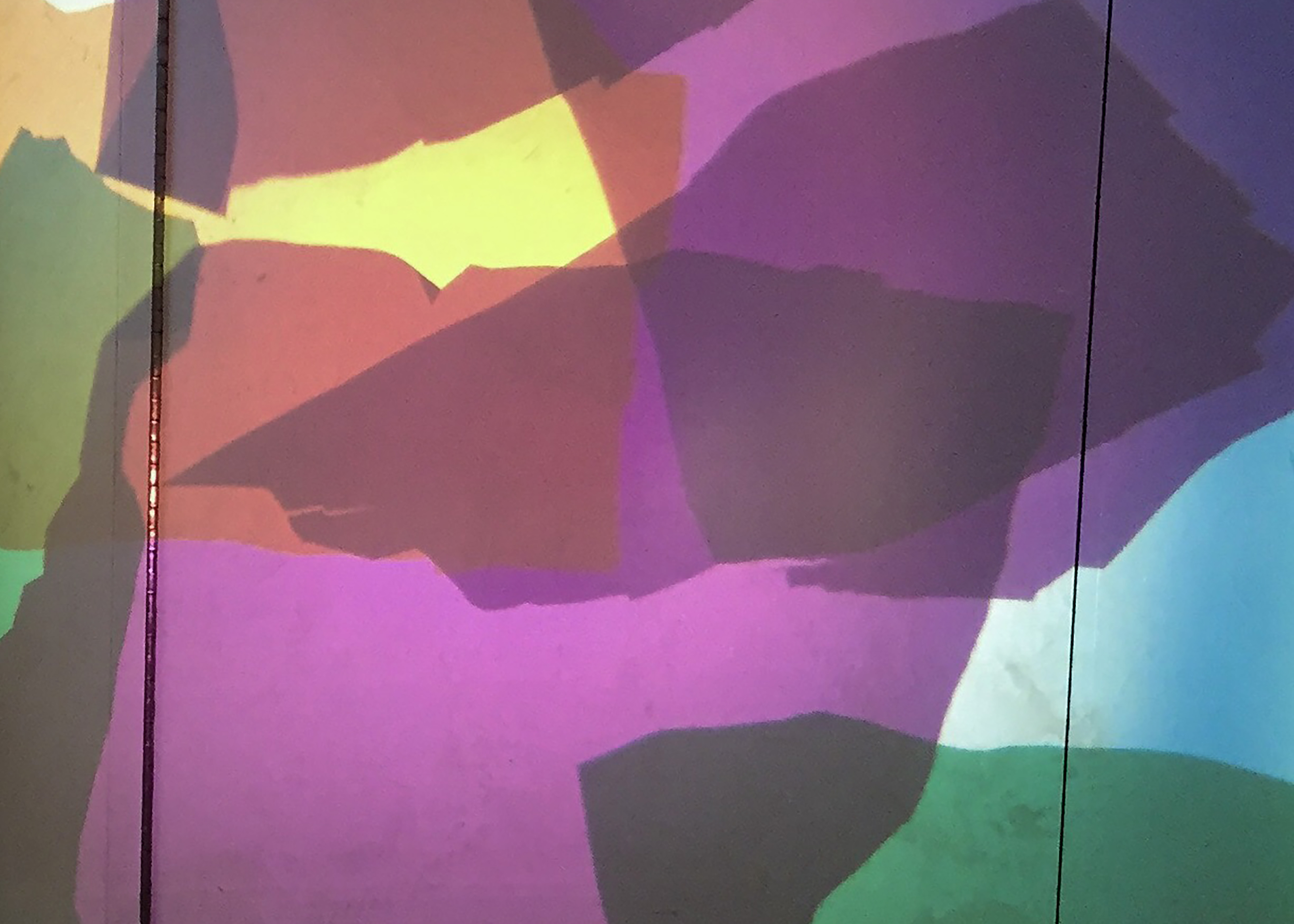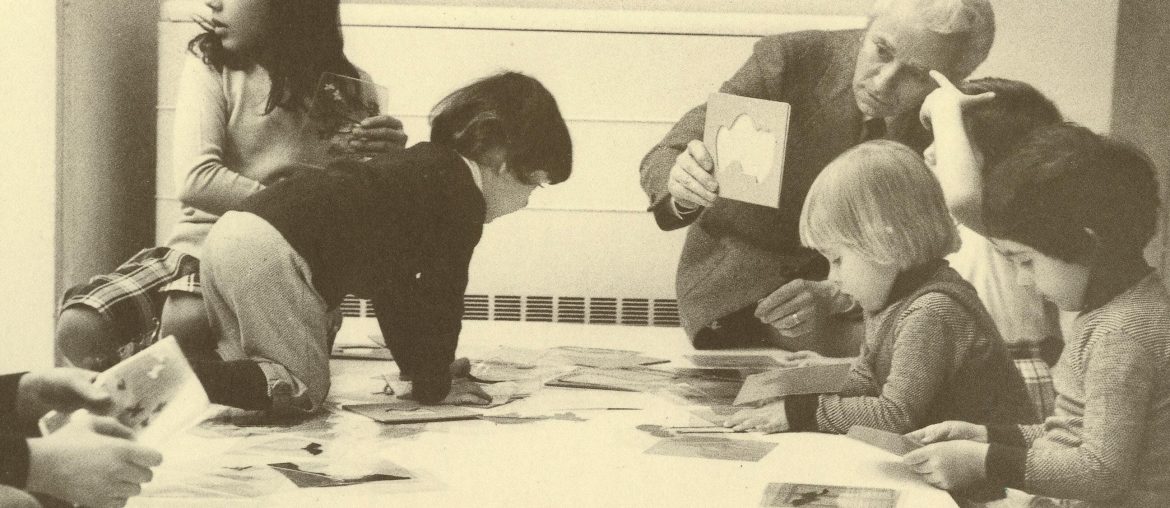Photo: Experiments in Practice symposium at Tate Exchange. Image credit: Tate photography I am so happy to share that I will be one of the keynote speakers at the ‘Materiality, Creativity, and the Thinking Child’ conference next month (May 8-19, 2021). This online event has a fantastic lineup of early years specialists who will be presenting different talks, workshops, and panel discussions exploring the relationship between condition, creativity, and the material world. The conference is perfect for early years teachers and creative practitioners working with young children and families. I will be doing three events as part of the conference. The first is a talk titled ‘Materials as active participants in children’s learning’. This presentation is based on my paper ‘Material matters in children’s creative learning’ that was published in MIT’s Journal of Design and Science in 2019. I will also run two live workshops where participants will design their…
5 children’s books about famous artists
Great artists don’t just come from nowhere. Their childhood experiences shape who they become and their decision to make a career out of their craft. Some artists are born into wealthy families and some are born into poverty. Some are inspired by a particular culture, religion, or city. Some have a fantastic schooling experience and some are high-school dropouts. No one artist is the same and they all have an interesting story to tell! This post features 5 children’s books about famous artists. These publications are a fantastic way for young children to learn about these great minds and how they came to be! Drawing on Walls: A Story of Keith Haring by Michael Burgess and Josh Cochran (Enchanted Lion Books, 2020, 64 pages, $18.95. Ages 4-8 years) Keith Haring loved to draw! In fact, he drew everywhere he went. One of his favorite canvases was unused advertising billboards on…
How to scaffold children’s learning
Picture this: A 5-year-old boy has got a new pair of school shoes and is learning how to put them on. He can loosen the laces, slip his foot inside, but does not know how to tie the laces. The child and his father watch a YouTube clip of how to do the shoelaces up. They then have a go at doing the activity together where the father instructs the child on how to weave and tighten the laces step-by-step. It is a success. Each day that follows, the father reduces the intensity of instruction on how to tie the laces until the child can do it independently. The father has scaffolded his child’s learning through the Zone of Proximal Development. Scaffolding children’s learning can involve showing them how to use new art tools What is scaffolding? Scaffolding is an education term that refers to the guidance and skills a…
5 gift ideas for creative kids
Holiday season is here and with it comes the consumerist hellscape of buying presents. Young children are by far my favorite individuals to buy gifts for! There is something so joyful about strolling the kid’s department trying to imagine which toy will bring the most excitement. In this post, I share my top 5 top gifts for children aged 2 to 8 years. While I have included different options for various budgets and ages, all the gifts listed below promote children’s creativity throughout art! 1. Osmo – Starter Kit $79-277 USD (3-10 years old) Osmo is an educational game that runs on iPads and Amazon Fire tablets. It features a suite of applications such as drawing, numeracy, literacy, puzzles, and coding games that all promote children’s creative and critical thinking. Kids use physical objects such as tiles and blocks that are picked up by a mini camera that sits on…
Why is dance important in the early years? An interview with Liz Clark
Image credit: Turned on its Head dance company Children love to move! In fact, we were all born to do it. Dance is a fun and creative way to get young children connecting with their bodies. Research has demonstrated it also directly helps with young children’s physical and sensorimotor development. However, while many teachers and parents know that children’s creative movement is important, many are hesitant to do it as they don’t think they are good at it! I recently spoke with Liz Clark, an English early years dance artist, about the importance of dance and creative movement in children’s lives. Liz is the Artistic Director of the Turned on its Head, a dance company that has produced popular children’s dance performances including Sponge and Shiny. In our conversation, Liz shares some fantastic ideas for how adults can do creative movement at home with little ones – no fancy equipment…
How to support children’s creativity at home
I talk a lot about the importance of creativity and materials in children’s learning on this website. Most of the posts I have previously written have been aimed at teachers and creative professionals working with children. However, parents also play an important role in supporting children’s learning. To be honest, nearly every parent I have met has been incredibly interested in hearing about what they can do to help to support their child’s creativity. So, I have decided to start writing some posts especially for parents. Kicking off with this one. I have put together five hot tips for supporting children’s creativity with materials. These ideas build on a podcast I recently did for ‘Rial Talk .In the podcast I talk about the importance of art and children’s play with materials in education. More specifically, I argue that both art and materials play a critical role in encouraging creativity as they…
Why art is important in children’s learning
Art can play an important part in children’s learning. This post shares five key reasons why. “Every child has the right to relax, play and take part in a wide range of cultural and artistic activities.” Article 31, United Nations Convention on the Rights of the Child Many education theorists have argued that art has a central role in children’s learning and development. For example, John Dewey – the founder of American progressive education – argued for the need to integrate art into people’s everyday experiences. Eillot Eisner then talked about the criticality of art in public school curriculum and Maxine Greene wrote about its significance in allowing people to imagine the world from multiple perspectives. All of these amazing thinkers built their arguments on the same issue: that art has been marginalised from school curriculum in place of syllabus focused on maths, English, science and technology. A recent example of this can…
How to arrange materials to support children’s learning
Children’s play with sensory-rich, loose part materials can be an important part in creative learning. How these materials are spatially arranged may also dramatically influence how a child takes up and explores them. Below are three practical tips for arranging materials to support children’s imagination and curiosity. I have put these together based on my own experience working as an artist and educator with young children. It would be great to hear what others find useful when laying out materials for children so please comment below! Layout materials to encourage social interactions Vygotsky talks about the importance of social interactions in facilitating learning amongst groups of people (Vygotsky, 1980). As a child’s peers, teacher or parents may have more advanced understandings or abilities in relation to a particular skill, concept or task, a child’s interactions with them may allow for new knowledge to be produced. Social interactions between groups of people may…
How to use questions to support creativity
This is the third post in a series on techniques for facilitating children’s learning with and through art in museums.


